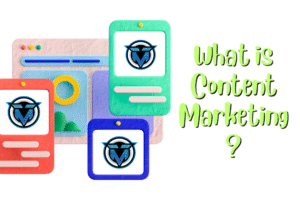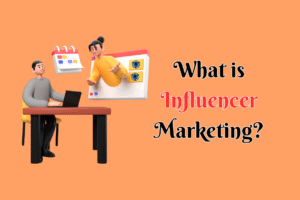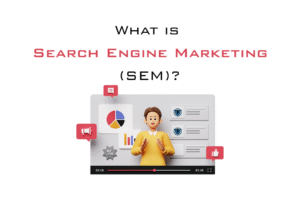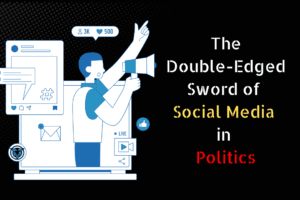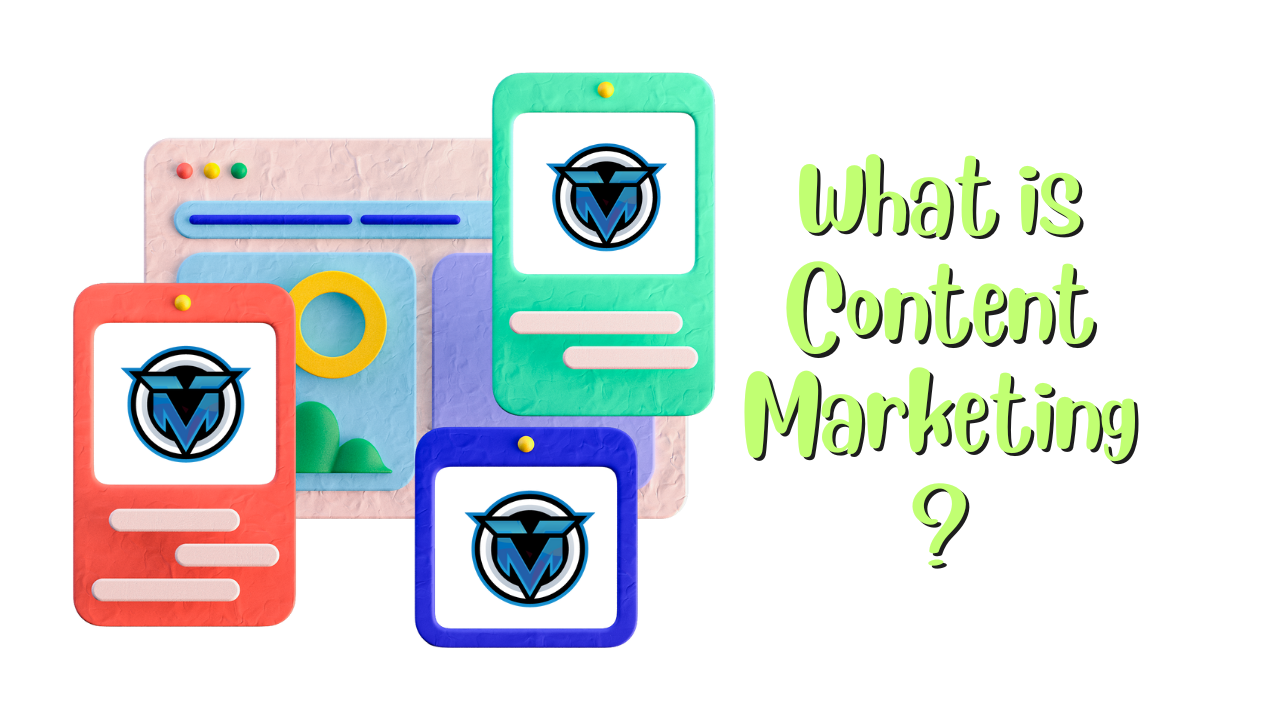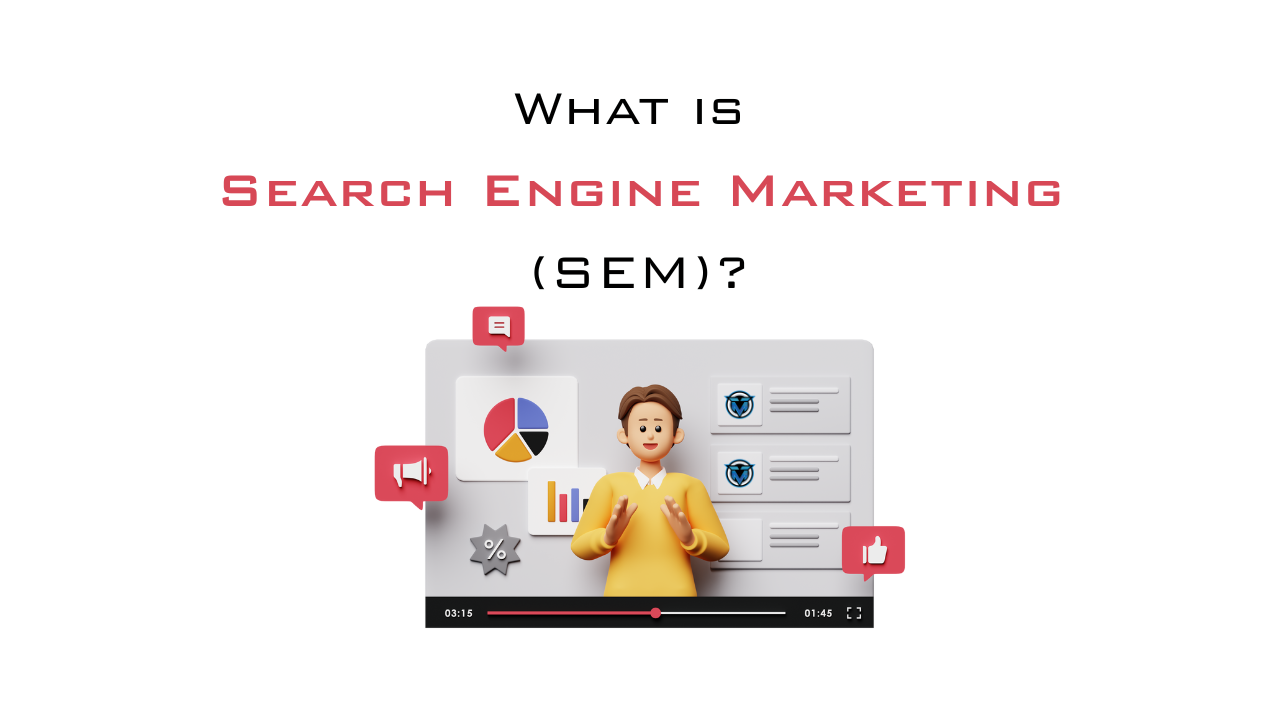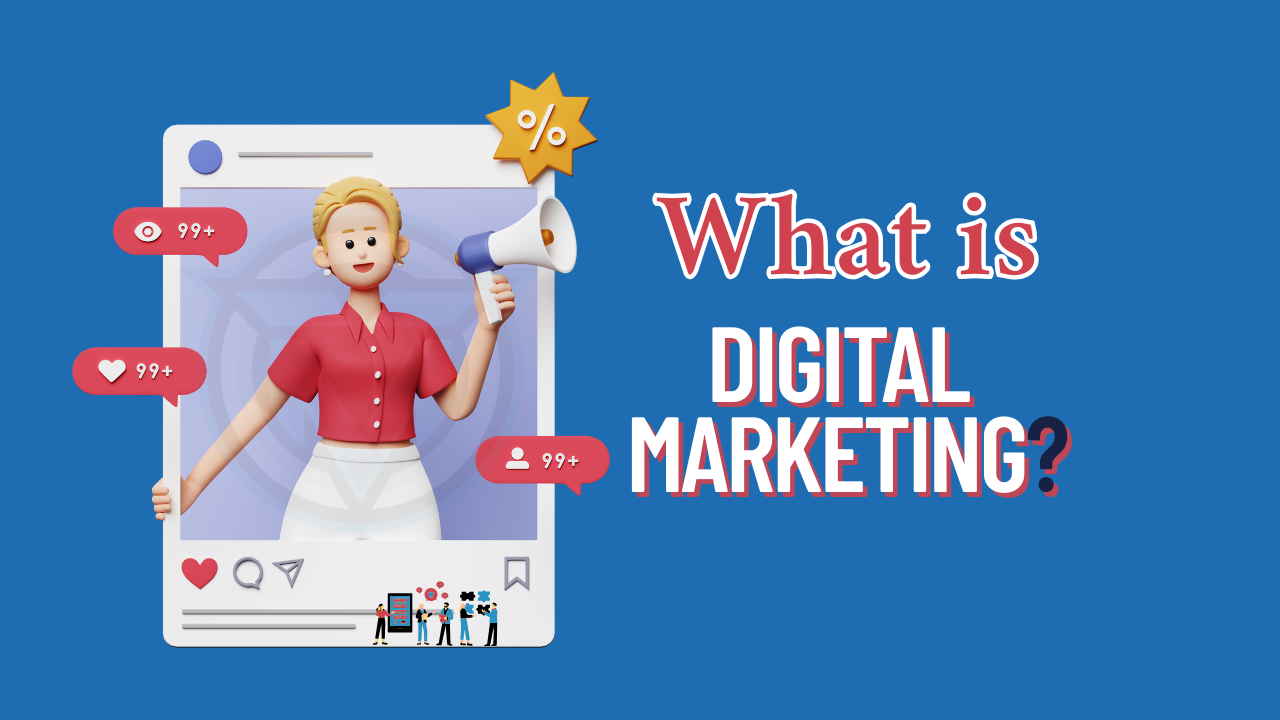In the ever-changing landscape of digital marketing, influencer marketing has emerged as one of the most powerful tools to build brand awareness, generate leads, and connect authentically with target audiences. As traditional advertising becomes less effective with ad-blockers and customer skepticism, influencer marketing offers a more relatable, trust-based approach to promoting products and services.
In this article, we’ll explore what influencer marketing is, how it works, and why it’s become an essential part of modern marketing strategies.
📌 What is Influencer Marketing?
Influencer marketing is a type of social media marketing that involves partnerships between brands and individuals who have a dedicated and engaged following online. These individuals, known as influencers, create content around the brand’s products or services to help influence the purchasing decisions of their audience.
Influencers typically have expertise, trust, or authority in a specific niche—such as fashion, fitness, tech, travel, or beauty—and their recommendations carry more weight than traditional advertisements.
💬 Why Influencer Marketing Works
Modern consumers, especially Millennials and Gen Z, are more likely to trust people than brands. Influencers provide:
- Authentic content
- Real-life usage of products
- Peer-level trust
- Community connection
A Nielsen study shows that 92% of people trust recommendations from individuals over brands, making influencer marketing an extremely valuable channel.
🔍 Types of Influencers
Influencers come in various sizes and niches. Here’s how they are typically categorized:
| Type | Followers Count | Typical Traits |
|---|---|---|
| Nano Influencers | 1K–10K | Highly engaged, very niche |
| Micro Influencers | 10K–100K | Strong relationship with audience |
| Macro Influencers | 100K–1M | Broad reach, professional content |
| Mega/Celebs | 1M+ | Massive reach, mainstream visibility |
The type of influencer a brand chooses depends on its campaign goals and target audience.
🎯 How Influencer Marketing Works: Step-by-Step
1. Set Campaign Goals
Start by determining what you want to achieve:
- Brand awareness?
- Product sales?
- Website traffic?
- App installs?
- User-generated content?
Having a clear objective guides the rest of the campaign strategy.
2. Identify Your Target Audience
Define the demographics, interests, and platforms where your audience is most active. This helps you choose the right influencers who speak to that segment effectively.
3. Find the Right Influencers
Use tools like:
- Upfluence
- BuzzSumo
- Heepsy
- Instagram search or TikTok Creator Marketplace
Vet influencers based on:
- Audience authenticity
- Engagement rate (likes, comments)
- Content quality
- Relevance to your niche
4. Outreach & Collaboration
Once you’ve found potential influencers, reach out with:
- A clear campaign brief
- Compensation (cash, commission, or products)
- Content guidelines
- Usage rights and deadlines
Influencer relationships thrive on clear communication and creative freedom.
5. Content Creation & Approval
Let influencers create content that matches their voice and audience while aligning with your brand goals. This might include:
- Instagram posts/stories
- YouTube reviews
- TikTok videos
- Blog posts
- Podcasts
Always review and approve content before it goes live to ensure brand compliance.
6. Campaign Launch & Monitoring
Once content is published:
- Track engagement (likes, comments, shares)
- Use affiliate links or promo codes for tracking
- Monitor brand mentions and hashtag use
Tools like Google Analytics, UTM links, and influencer marketing platforms can help measure ROI.
7. Performance Analysis
At the end of the campaign, evaluate:
- Reach and impressions
- Engagement rate
- Click-through rate (CTR)
- Conversion and sales
- Cost-per-click (CPC) or Cost-per-acquisition (CPA)
Use the data to refine future campaigns and build ongoing influencer relationships.
📊 Benefits of Influencer Marketing
✅ Builds Trust Quickly
People follow influencers for their opinions, making product endorsements feel personal and trustworthy.
✅ Increases Brand Awareness
Even a single post can introduce your brand to thousands (or millions) of potential customers.
✅ Improves Content Strategy
You get high-quality, user-generated content that can be repurposed for your own channels.
✅ Boosts SEO and Web Traffic
Influencer backlinks and brand mentions improve your digital footprint and domain authority.
✅ Delivers High ROI
Studies have shown influencer marketing campaigns can deliver $5+ for every $1 spent when executed effectively.
🔐 Challenges of Influencer Marketing
⚠️ Fake Followers & Bots
Not all influencers have authentic audiences. Always check engagement quality, not just numbers.
⚠️ Brand-Influencer Mismatch
Choosing influencers who don’t align with your values or tone can damage your brand image.
⚠️ Lack of Transparency
Paid promotions must comply with advertising guidelines (#ad or #sponsored tags are mandatory).
⚠️ Performance Tracking
Attribution can be tricky without the right tracking tools or promo codes in place.
🚀 Trends in Influencer Marketing for 2025
- AI-Powered Matching Tools to find better influencer-brand alignment.
- Micro & Nano Influencer Growth due to better engagement and affordability.
- Live Commerce via Instagram, TikTok, and YouTube for real-time product sales.
- Long-term Partnerships over one-off deals to build authentic brand stories.
- B2B Influencer Marketing gaining traction in SaaS, finance, and tech spaces.
🧠 Best Practices for Successful Influencer Marketing
- Set SMART goals (Specific, Measurable, Achievable, Relevant, Time-bound)
- Focus on engagement, not just follower count
- Give influencers creative freedom while staying on-brand
- Track campaign metrics and optimize
- Build long-term relationships for better authenticity
📌 Conclusion: Influencer Marketing is Here to Stay
In an age where authenticity beats ads, influencer marketing delivers unmatched results. Whether you’re launching a new product, breaking into a niche, or scaling your business, working with influencers can help you connect deeply, sell smartly, and grow faster.
As digital platforms continue to evolve, influencer marketing will only become more integrated, measurable, and essential to brand success. It’s no longer a trend—it’s a proven marketing pillar.

